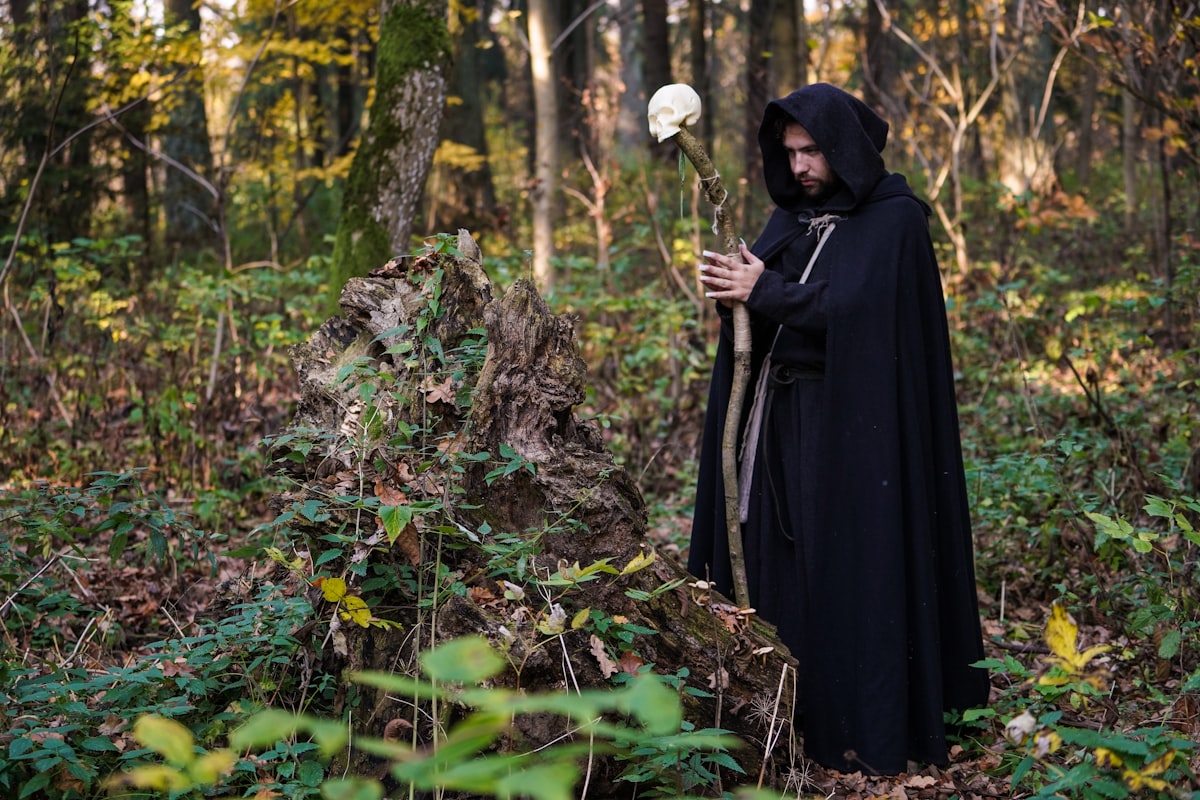Spiritism, witches, rites, and incantations: the black magic stories of Mexican politics
A dark, but not little known, quadrant of Mexican politics is inhabited by spiritists, witches, shamans, santeros, healers, and even clairvoyants. Find out more.





